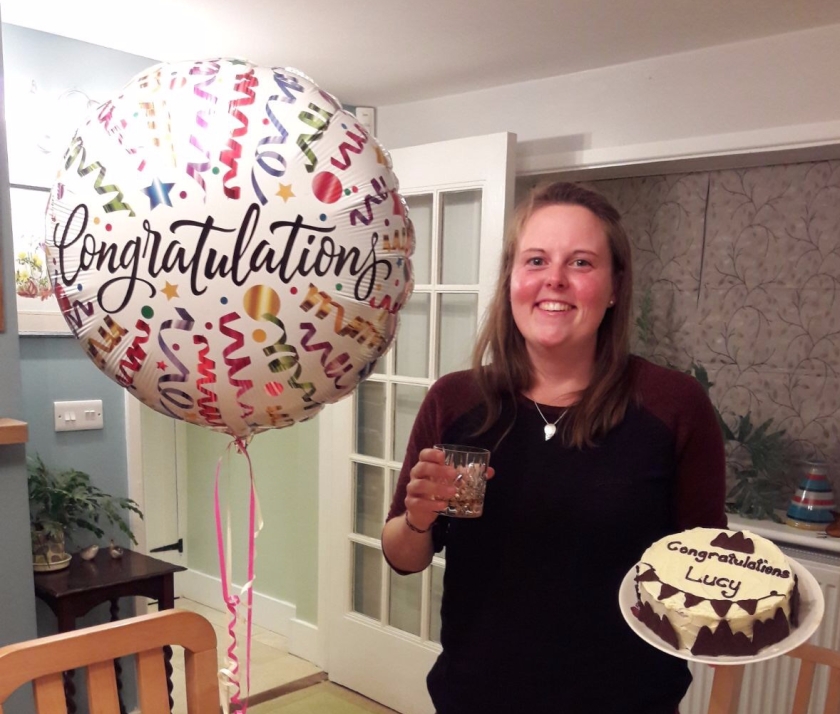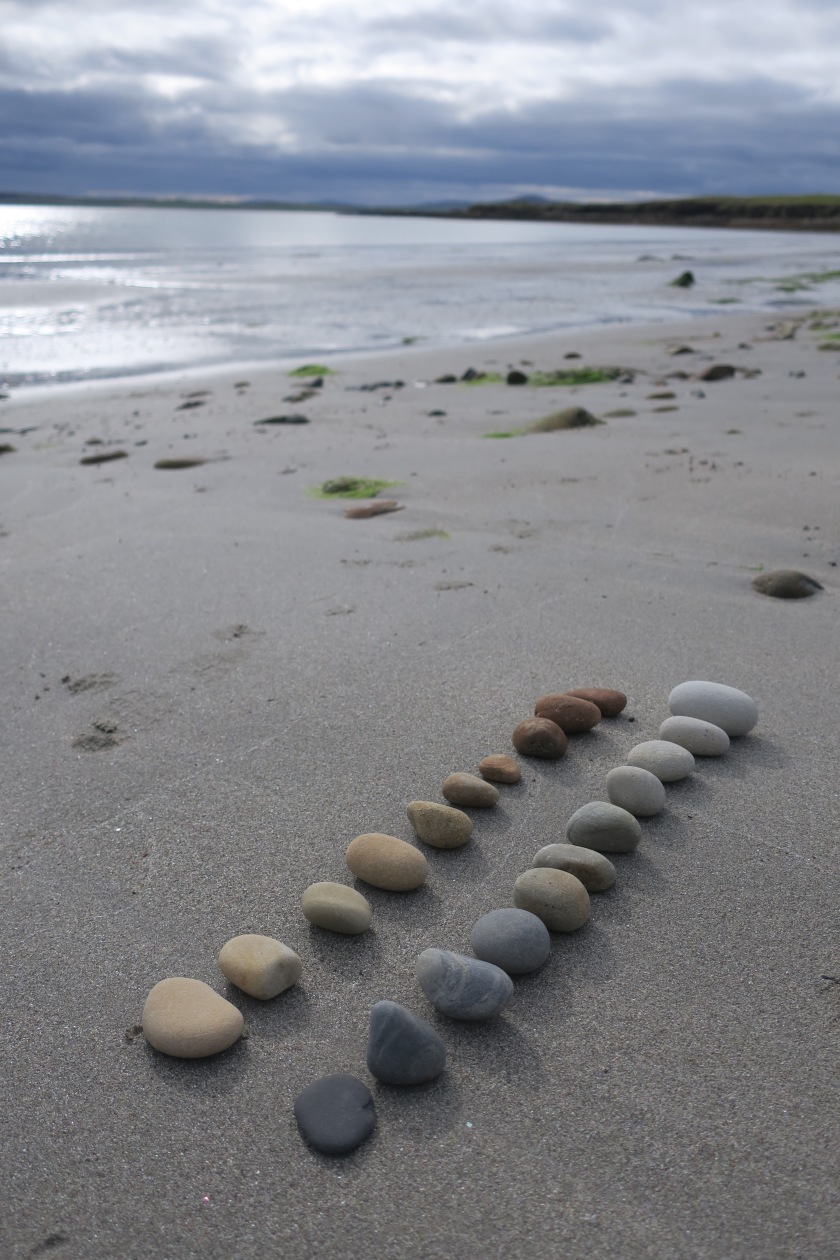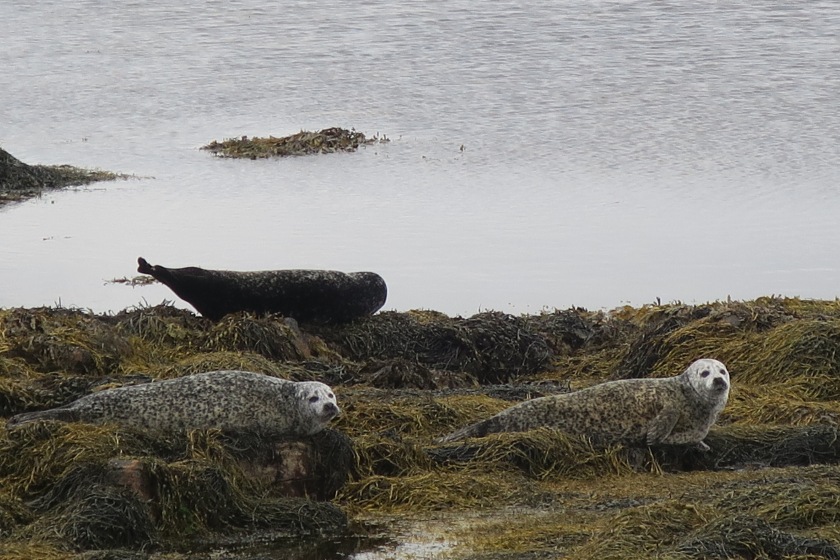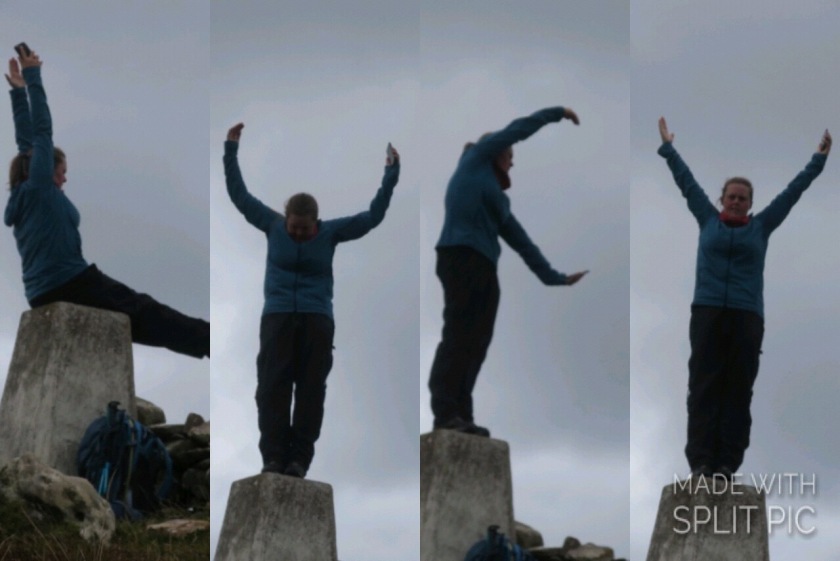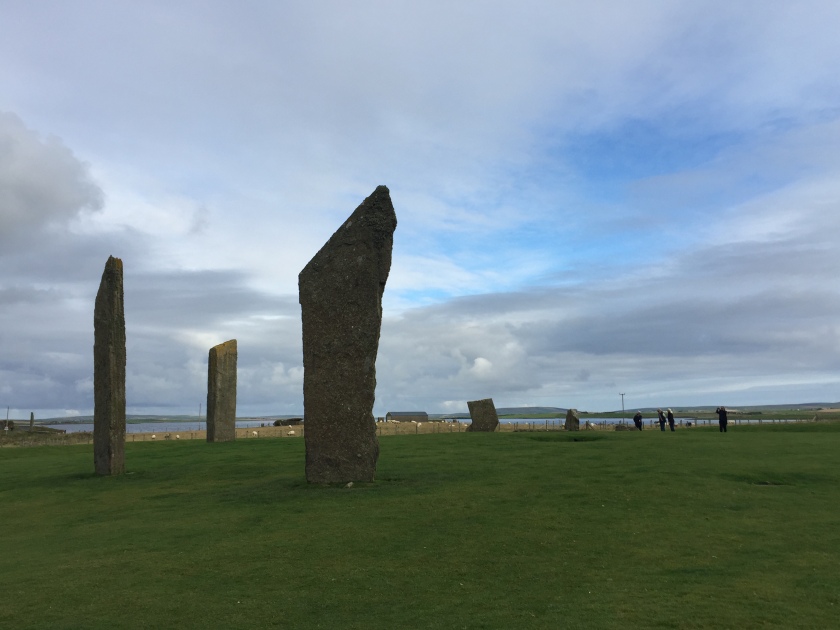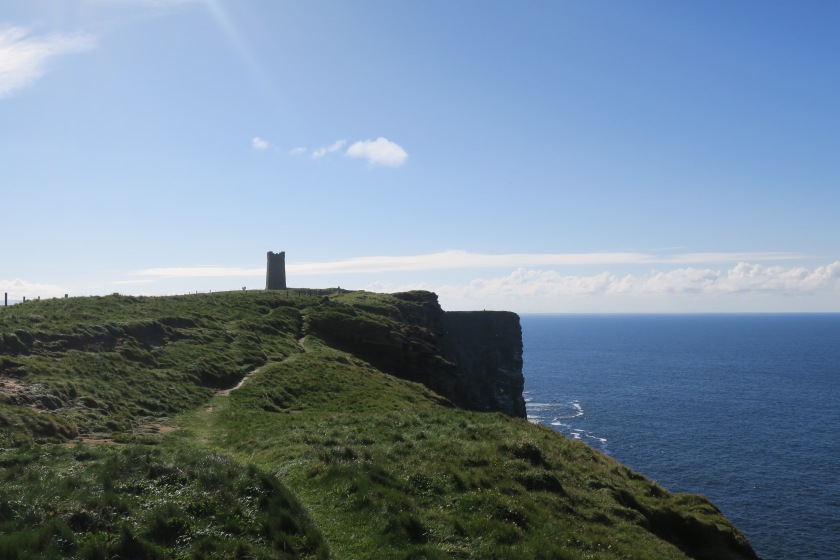Wednesday 20th September
Lerwick, Shetland
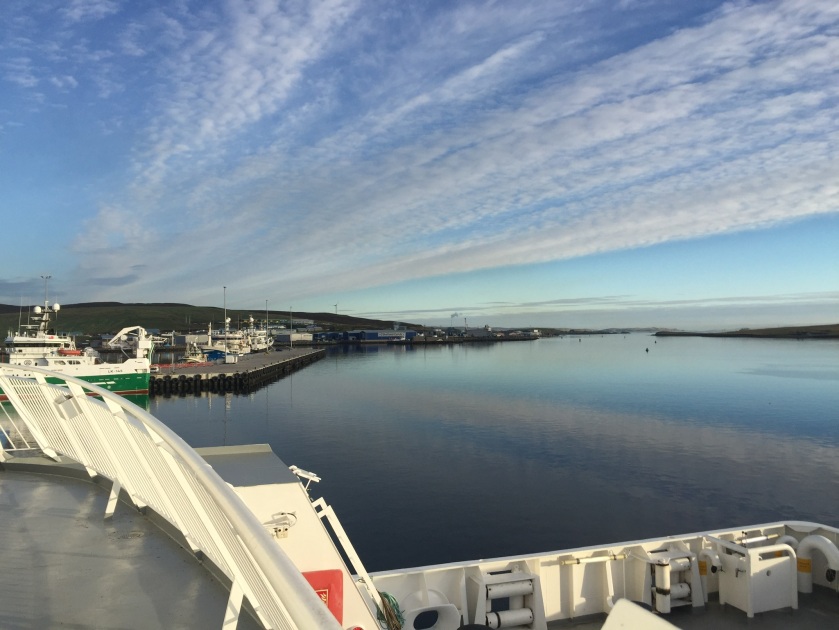
Arrived into Lerwick on a glorious morning and it was a pleasant surprise to be able to check into my B&B; having booked it just hours ago and it only being 8am. After a visit to the tourist information and a coffee I set off on a self-guided walking tour of Lerwick. It took in all the sights, doing a full lap of Britain’s most northerly town in just a few miles. I walked around the informative museum learning about Shetland’s geology, it’s Neolithic significance, the Viking invasion and colonisation, the pawning of Shetland to Scotland as part of a dowry, the Dutch herring trade, Fair Isle knitwear, their role in the world wars and the Shetland ‘bus’, traditions such as Up Helly Aa right up to the impact that finding North Sea oil has had.
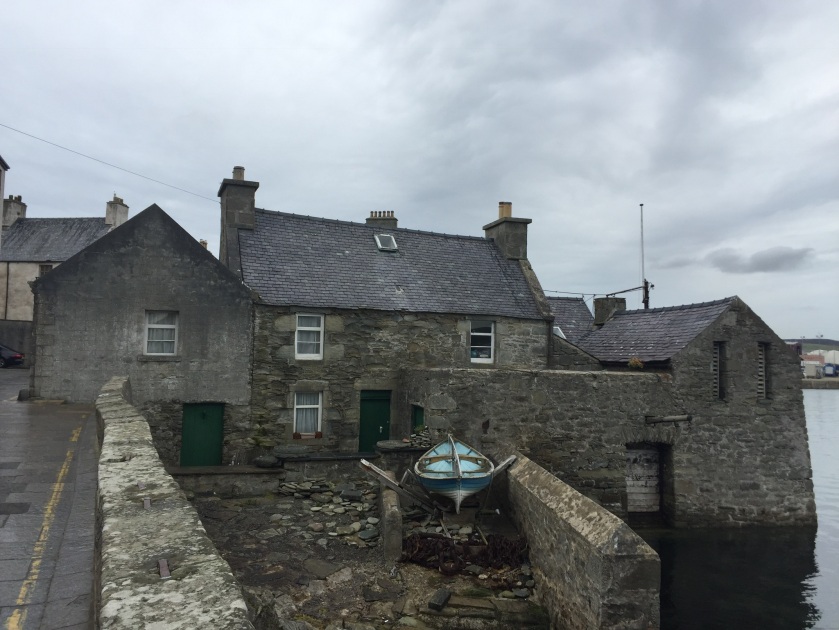
Shetland has a distinct feel to it, it has a tangible identity and Scandinavian feel, unlike the Orkneys which feel much more like mainland Scotland. It’s relative distance no doubt contributes to it’s isolated feel. I’ll now not be so crass as to lump them together as one group of islands off the north coast of Scotland, they’re practically 2 different countries separated by approx. 100 miles of sea (with little Fair Isle sat in the middle!).
Thursday 21st September
Southern Mainland
I picked up another hire car to get around more islands and to eventually take me to the northern part of Unst. First I drove south, down the mainland peninsula to Sumburgh Head, the lighthouse and RSPB reserve. At one point the traffic was halted at a level crossing-type barrier and my immediate thought was; ‘there are no trains on Shetland’. My instinct was correct, we were let through and it turned out it was for one of the runways at Shetland’s main airport. It was novel driving across the strip of tarmac and part of me wanted to veer off and see what my Kia Picanto was made of, but the large yellow signs warning of fines did their job.

On the way back north I visited Jarlshof, a neolithic settlement very reminiscent of Skara Brae in Orkney. It was buried under sand dunes, revealed in the same storm of 1880 and looks remarkably similar despite nothing categorically linking them. I started making my way towards Voe stopping at Scalloway (the historical capital of Shetland) and an art gallery. I would be spending the night in a böd – the one in Voe is a former salt store and sail loft. They are unique to Shetland and are halfway between a hostel and a bothy. They all have custodians who typically live nearby to deal with guests and you have to book in advance but other than that it’s very informal. I followed the instructions for finding the custodian and once inside it felt very much like a hostel but I had the place to myself. There were 2 dorm rooms, a kitchen with the basics and toilets and showers, and the location right on the harbour was delightful.

I went for a quiet drink at the pub that was opposite the böd then retired to light myself a peat fire. Like Orkney, Shetland has no trees but a huge amount of peat which is commercially extracted, dried and packaged much like coal.
Friday 22nd September
Western Mainland, across Yell and up to tip of Unst
The previous day had been dreich but by morning it had cleared and was a gloriously crisp morning. The wind was biting but the light is so sharp up here. This time I headed north west to the headland of Eshaness which is a very dramatic coastline, sculpted by the Atlantic which constantly batters the rocks. There are steep cliffs, stacks, inlets (geos), caves and arches which constantly draw the eye as you wander along the tops.
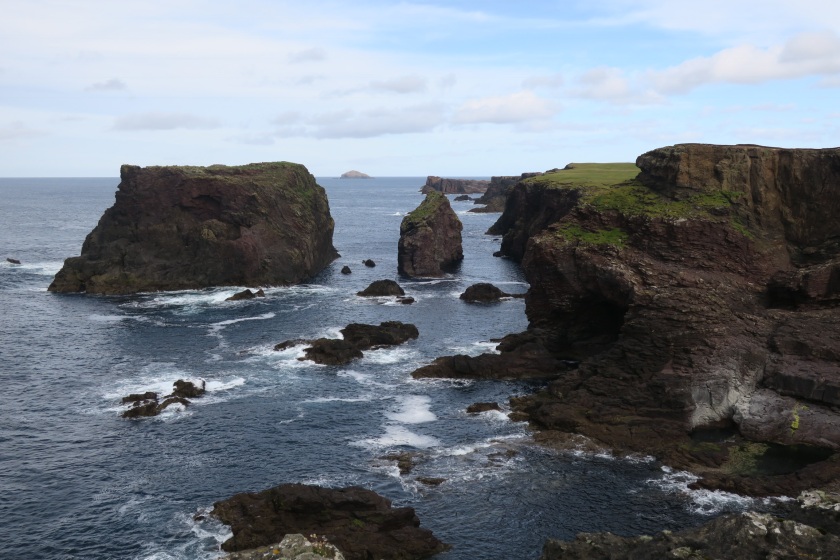
Unfortunately I couldn’t wander for hours, I had ferries to catch. Firstly from the mainland up to Yell, then a connecting ferry from Yell to Unst (with a 30min drive between the two ports). Once on Unst I only had one thought; getting to the most north easterly point and finding somewhere to camp. This for me was the end of my trip; having visited Long Point on St Agnes, all those months and miles ago, by getting to Skaw on Unst would mean I would have travelled across the entirety of Britain from the most south westerly point to the most north easterly.
I arrived at Skaw (marked on the map as the most northerly house in Britain), parked the car, wandered down to the beach and found it to be an idyllic spot for one last wild camp. I made sure I was pitched just north of the house, likely making me the most northerly person in Britain for the night! I watched the sun set behind me, listened to the sea birds squawking and the waves crashing. It was a nice moment to reflect on the trip. It wasn’t the most serene night; the waves continued to crash very loudly (I had checked that I was camped above the strand line but the doubt crept in; ‘could there be a freakish high tide, it is the autumn equinox tonight, are they linked?’), and the wind whipped up the beach contorting my tent into all sorts of shapes. I had faith that it would stay in tact but if it didn’t, I could move to the car and fix the tent when I got home. The sky was clear so it was a cold night and the stars were truly awesome. The milky way was obvious, there were shooting stars a plenty and the horizon to the north glowed a dull yellow/orange. I would learn later that this was the northern lights but since it wasn’t dancing green shafts of light I didn’t give it a second look and leapt into bed.


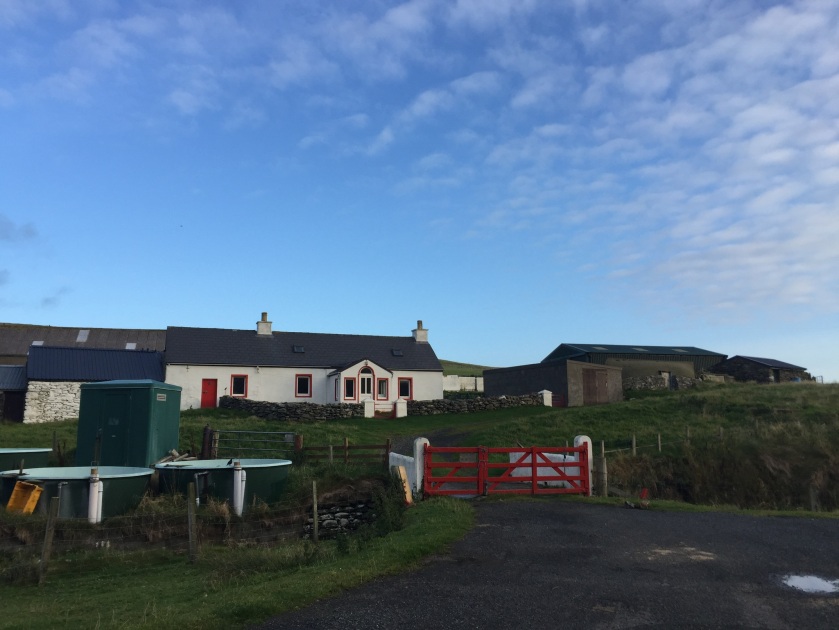
Saturday 23rd September
Unst to Fetlar
The morning was bright but still cold and I packed away the tent for the final time with 2 seals watching me. I then wrote a note to accompany the pebble that I picked up on St Agnes, Scilly. I placed them in a jar and threw it into the sea. I wonder if anyone will find it?

I drove back down Unst, more slowly this time, stopping at the attractions:
Left: This one’s for Ronnie and Julie. Me with the most northerly post box I could find!
Right: Bobby’s bus shelter (the previous bus shelter was demolished and once the new one was installed it acquired furniture, it now has a makeover every year).
I caught the ferry to Fetlar where I was spending another night in a böd, this time it was much more traditional. It was a croft that had belonged to a local storyteller called Jamsie and was very well looked after. Whilst on Fetlar I watched an episode of Time Team in the museum (hosted by my new mate Sir Tony) where they uncovered some stonking Viking finds on Fetlar, went twitching at the reserve and spent some time on the beach. Back at the böd I met fellow dweller; Neal. A local, he had retired from the oil refinery at Sullum Voe the previous year and had started a project to walk the 1,000mile coastline of the inhabited islands of Shetland. He was almost finished, seeing this as training for doing LEJOG next year so we had a lot in common and spent the evening talking in front of the fire. I was honoured to have met him, there are far fewer people in the world (approx. 2) who’ve walked the coast of Shetland than have walked LEJOG. Neal – feel free to get in touch. If I can, I’d like to join you on a day of your LEJOG trip.
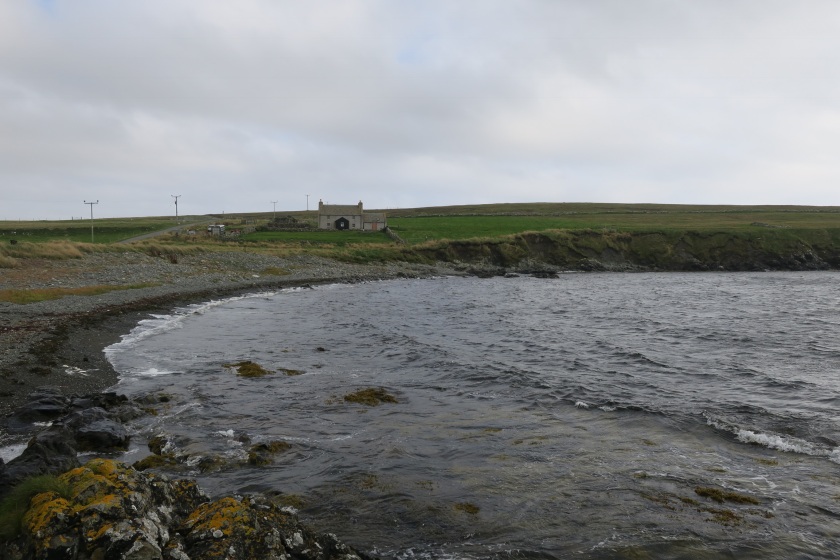
Sunday 24th toWednesday 27th September
Fetlar to Home

On the way to catching my 4th ferry out of 6 in 2 days I stopped to feed some Shetland ponies and watch the gannets dive bomb into the rough sea. I then drove back down Yell, down the mainland to Lerwick to catch the overnight ferry to Aberdeen.
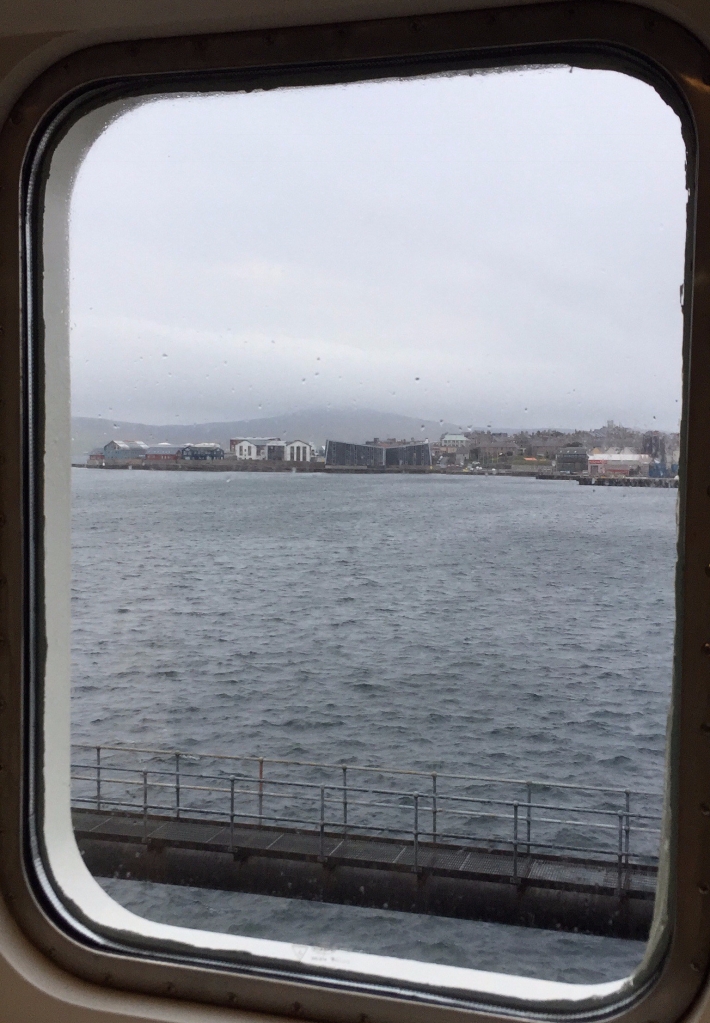
On the way home I stopped off in Edinburgh to have dinner with an old friend, and in Durham to spend an evening with Ronnie and Julie who’ve cheered me on from the sidelines since their LEJOG trip came to it’s premature end. They’re support has meant a lot to me and I feel like I’ve made friends for life. I just hope I’m able to provide the same level of support when they attempt the trip again next year. Once I’d finally made it to London there was just enough time to swing by the pub for a swift drink where the Rockhoppers were having their monthly social. I hadn’t told anyone I was back, I just walked into the pub with my bag on my back and said ‘surprise’!
On the very final leg of my journey, on the train from London to East Sussex, I finally came to terms with the trip coming to an end. I’d put it off for nearly 2 weeks but now I was ready for some of lifes luxuries; slippers, central heating, a fluffy towel, my own bed, clean clothes and home cooked food. I think the reality of what I’ve achieved will take some time to sink in and I look forward to looking back on the high points and the low points.
I’ve also very much enjoyed keeping this blog, although at times it has been hard to motivate myself to do it. So a final thank you to anyone and everyone who has read it, I hope you enjoyed it, and you never know there could be a book so keep your eyes peeled for that and you can read it all over again!
